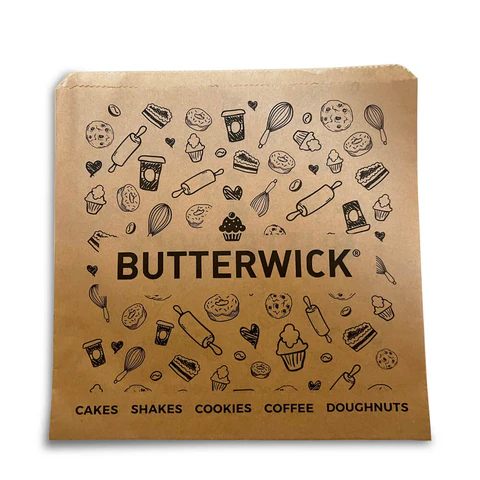The Evolution of Bread Bags From Necessity to Sustainability
Bread has been a staple food for centuries, cherished for its versatility and nourishment. As societies evolved, so did the methods for storing and transporting this essential item. One significant development in the bread industry is the bread bag—a seemingly simple invention that has seen a remarkable transformation over the years. From traditional cloth bags to modern plastic options, and now to eco-friendly materials, the journey of bread bags mirrors our changing relationship with food and the environment.
Historically, bread was baked daily in households or local bakeries, and it was common for individuals to carry their loaves home wrapped in cloth. These reusable fabric bags helped to protect the bread from dust and pests while allowing it to breathe, preventing mold formation. However, as urbanization increased and life became more fast-paced, the demand for convenience led to the introduction of commercial bakeries. With this shift, the need for more efficient packaging became apparent.
By the mid-20th century, plastic had emerged as a popular material for bread bags. The advent of plastic not only offered convenience but also enhanced shelf life due to its airtight nature. Mass-produced plastic bread bags became ubiquitous in supermarkets, providing an effective barrier against moisture and air, which are the primary culprits of bread spoilage. This shift marked a significant change in consumer behavior; bread could now be purchased in bulk, stored for longer periods, and consumed at leisure, significantly altering dietary practices.
However, as the environmental impact of plastic became clearer, the bread bag underwent yet another transformation. With millions of single-use plastic bags ending up in landfills and oceans every year, consumers and manufacturers began to seek more sustainable options. In response to this growing concern, a variety of alternatives have emerged in recent years.
One notable shift is the revival of reusable bread bags made from eco-friendly materials
. These bags, often crafted from organic cotton or linen, are designed to replace disposable plastic options. They not only promote sustainability but also enhance the overall quality of the bread. Unlike plastic, fabric bags allow air circulation, which can help maintain the bread’s texture while reducing mold growth. This method not only aligns with environmentally friendly practices but also appeals to consumers looking for healthier choices.bread bags

Moreover, innovations in biodegradable plastics have introduced yet another alternative. These new materials are designed to decompose over time, reducing the long-lasting effects of traditional plastic waste on the environment. Many bakeries are now opting for these biodegradable bread bags, reinforcing a commitment to sustainability and attracting eco-conscious customers.
The evolution of bread bags also speaks to a larger trend in consumer behavior an increasing awareness of food waste and its environmental implications. Research indicates that a significant percentage of bread goes uneaten and ends up in landfills. With this knowledge, consumers are becoming more mindful of their purchasing choices, often opting for smaller quantities of fresh bread and storing it in reusable containers or bags.
Additionally, local bakeries and artisanal bread makers have embraced the resurgence of traditional methods. They often use paper packaging or encourage customers to bring their own containers to promote a zero-waste ethos. This not only strengthens community ties but also fosters a deeper appreciation for the craftsmanship involved in bread-making.
The journey of the bread bag from cloth to plastic and now to sustainable materials illustrates a broader narrative of societal change. As we navigate the complexities of modern life, it is crucial to consider our impact on the planet. The choices we make—whether it’s opting for reusable bags, supporting local bakeries, or advocating for eco-friendly practices—reflect our values and our commitment to a sustainable future.
In conclusion, the evolution of bread bags is more than just a story about packaging; it encapsulates the shifts in our consumer culture and our growing awareness of environmental responsibilities. As we move forward, it is essential to continue this trend toward sustainability, ensuring that our simple daily choices contribute to the wellbeing of our planet and future generations. By embracing thoughtful practices, we can cherish not only the bread we consume but also the world we inhabit.



